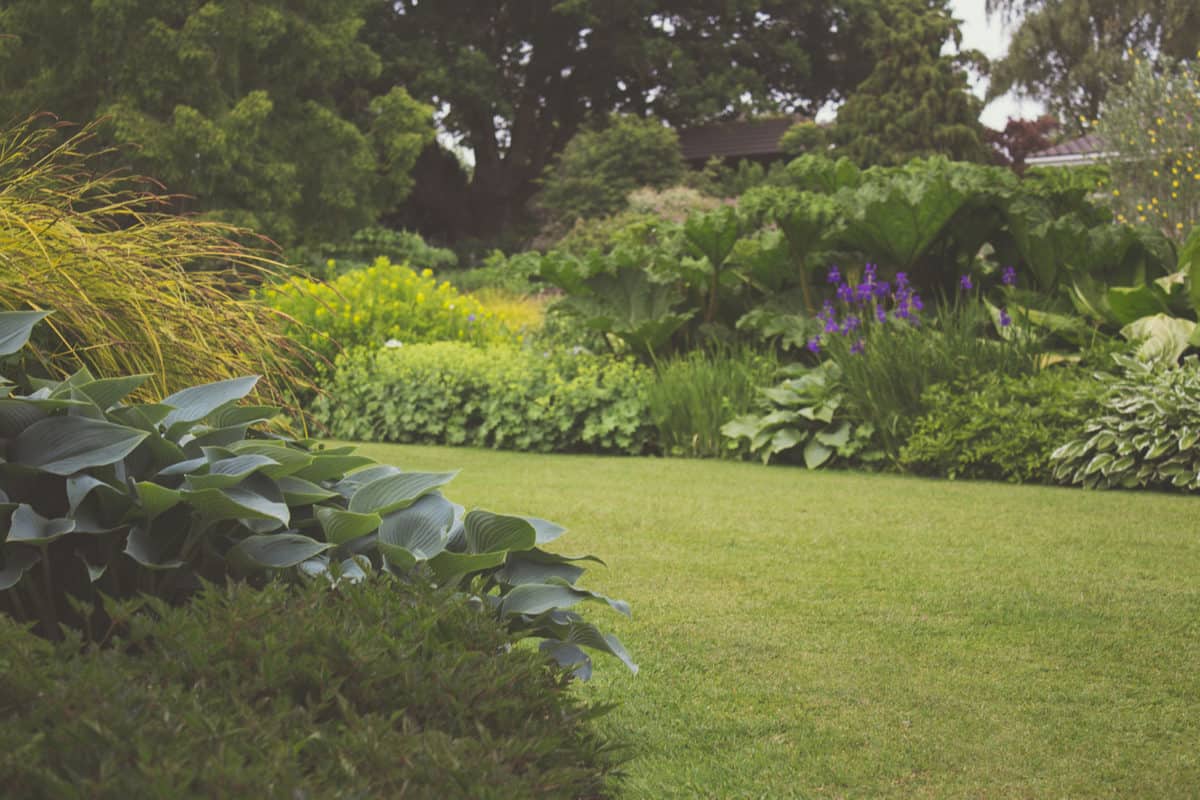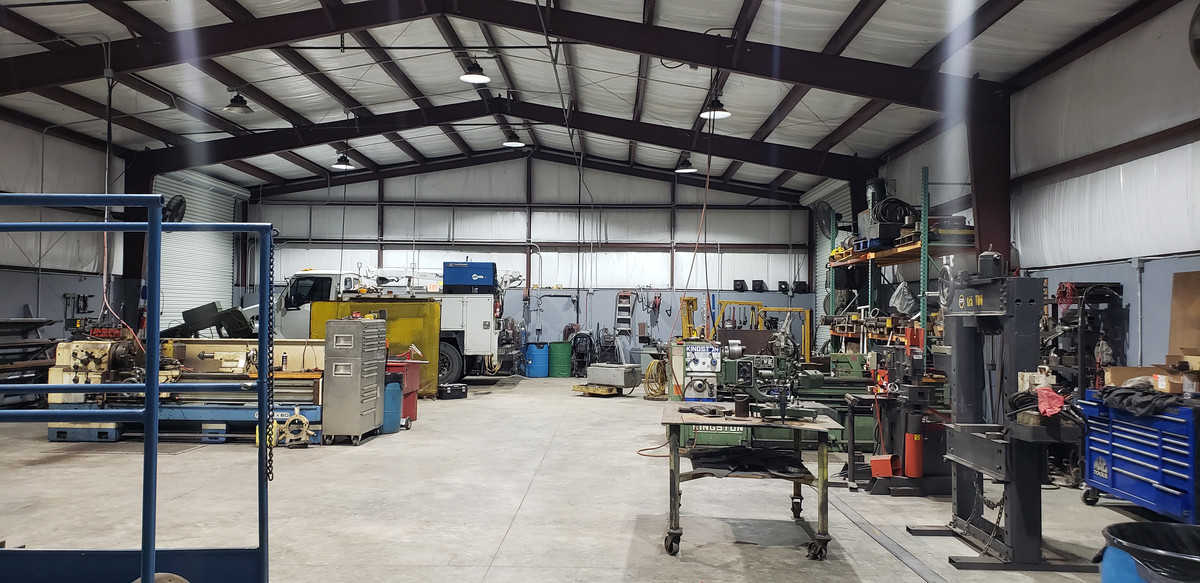
When designing a metal building, it is of the upmost importance that strategies that keep the building cool during the summer be implemented, as this will keep your HVAC system from having to work harder and longer to keep temperatures at the desired inhabitable setting, inevitable affecting your energy bill.
Thankfully, there are several measures you can use in your metal building ranging from insulation to landscaping. We will walk through each method and its effectiveness in cooling down your building. These tips will keep you comfortable while also improving the efficiency of energy consumption and air quality!
First, let’s look at some basic science concepts to understand why buildings get so hot during the summer.
When it is hot outside, buildings leak a lot of air. On top of that, while your building is losing cool air, an equivalent amount of hot air enters your home to replace the air that has escaped. This is thermodynamics in action. To simplify, heat constantly seeks equilibrium; heat moves to cold until everything is the same temperature.
Heat is persistent in finding a way to enter colder areas until there is neutralization.
Listed below are the three main ways heat “moves” into your colder home:
Conduction: Heat conducts from the hot side toward the cold side. This transfer of heat happens through direct contact. In other words, when your hot roof transfers heat into your hot attic
Convection: When hot air rises causing your attic to be a lot hotter than the rest of the house
Radiation: When scorching sun rays heat your roof and walls
If enough heat flows toward the cool area, your interior can become uncomfortable.
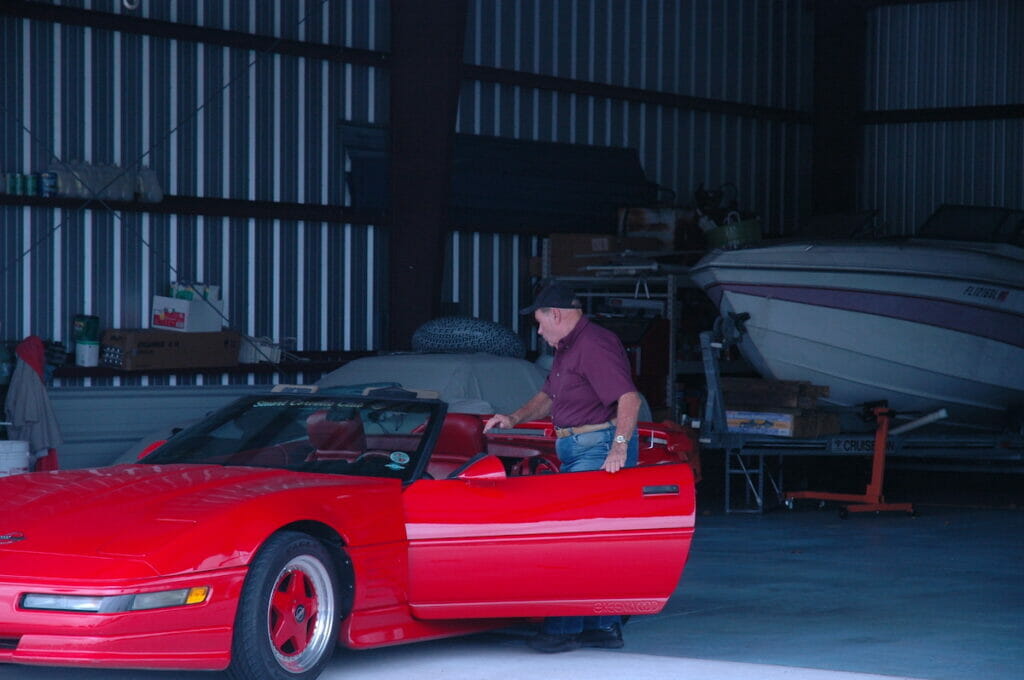
Insulation isn’t only used for keeping your building warm in the winter months. It is also a very effective way of cooling older and newer buildings. Insulation acts like a barrier keeping the hot outside air from entering your building.
Adding insulation to your building frame can be one of the most cost-efficient ways to reduce your heating and cooling bills. The majority of heat gain and loss happens in the attic space. Therefore, it is crucial in prioritizing attic insulation.
Speaking to an expert is important since buildings require different insulation depending on the climate, building type, and building use. Make sure to look for insulation that has a warranty of at least 6 to 10 years. Always replace or renovate your insulation with a new layer when you reach the end of the insulation’s warranty period.
Think of your ideal temperature “resistant” building as a thermostat. Thermostats are well-sealed, hence your building should be sealed, making it as hard as possible for any hot air from entering. This dramatically increases the energy efficiency of your building and your cooling systems don’t need to work as hard.
Luckily, metal is less porous than other types of building materials, so it creates a tight seal, which is necessary for mitigating energy loss.
The hottest part of your building will be your roof. Not only does your roof absorb the hot sun rays, but also is the recipient of internal hot air (since hot air rises). Some roofing materials can heat up to as high as 200 F. Even if you incorporate other great heat reduction features, you will always be using more energy to keep your metal building cool if you don’t properly sort out your roof.
Thankfully, modern metal roofs have been designed to efficiently reflect more heat and can reduce your cooling cost by as much as 25%! Metal roofs are cooler than asphalt, wood, tile, and concrete shingles. Light-colored metal roofs that have reflective coatings are even more effective at sending a large percentage of the sun’s UV rays back into the atmosphere and away from your building.
A roof mist cooling system, also known as an evaporation system, is a cool new way to help mitigate the sun’s pressure on your roof. It can help your roof last significantly longer, giving you the benefits of a cool roof for a low price. The misting system sprays ultra-fine mist onto your roof. This mist is then vaporized by the sun’s energy. These vaporized water droplets create cool air. The cool air then sinks on the roof while the hot air rises. This system is mainly used in commercial roofing and is being slowly integrated into residential use.
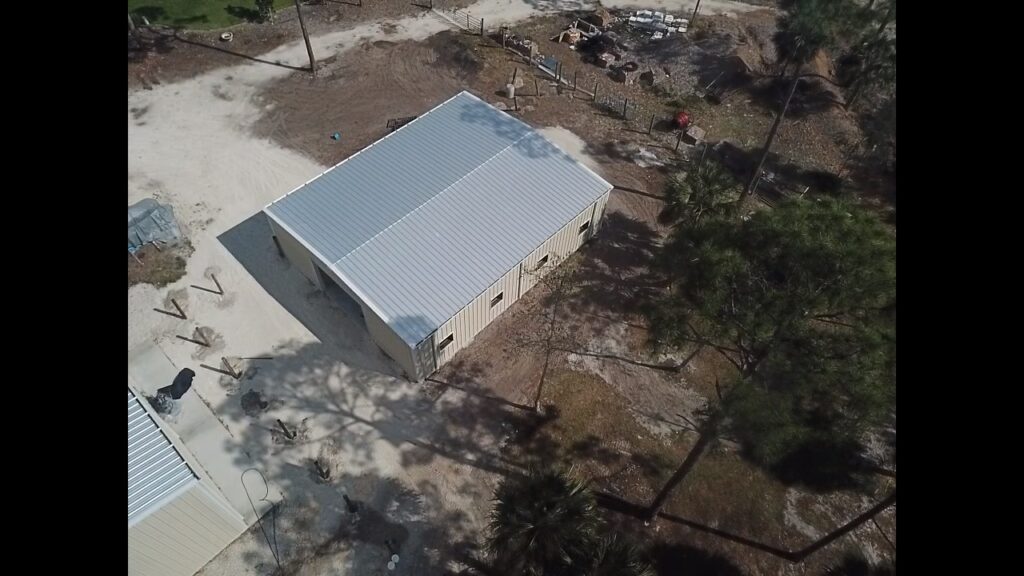
We all know dark colors attract more sun than lighter colors. Using this concept in your building design can help mitigate the heat. It helps to incorporate lighter and more reflective paint colors and coating to your metal building. Listed below are some pre-engineered parts that should be considered:
Here at MBMI, many of our colors are Energy Star Approved, dramatically improving the heat releasing properties of a metal building.
Ventilation is crucial for good air quality. It can also be used to maintain your home at a comfortable temperature during the summer heat. Poor ventilation in the attic area can cause your attic to reach excess temperatures trapping hot rising air. Incorporating ventilation in your attic space is key.
In some instances, you can use natural ventilation at night. This can significantly reduce the energy consumption used by your cooling system. Listed below are several ventilation options to consider for your building:
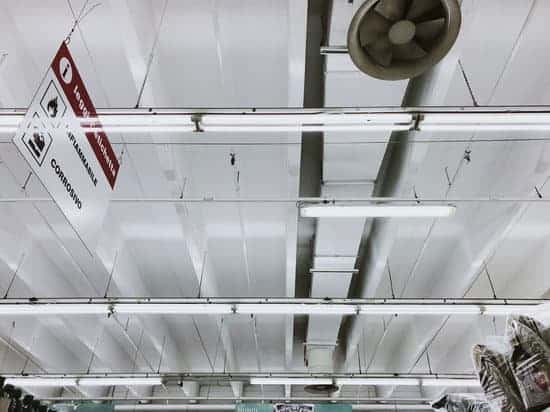
This method is especially popular in residential properties. Where homeowners looking to guard their home from the harsh sun add awnings. Awnings can significantly reduce a home’s air conditioning usage in the summer, saving an estimated $200 or more annually.
The American Society of Heating and Air Conditioning Engineers suggests using extended shaded coverings such as awnings, overhangs, or canopies to minimize building heat load! The placement of these shading coverings is something to consider. Adding these to the west and south-facing part of your building will drastically reduce the amount of sun exposure.
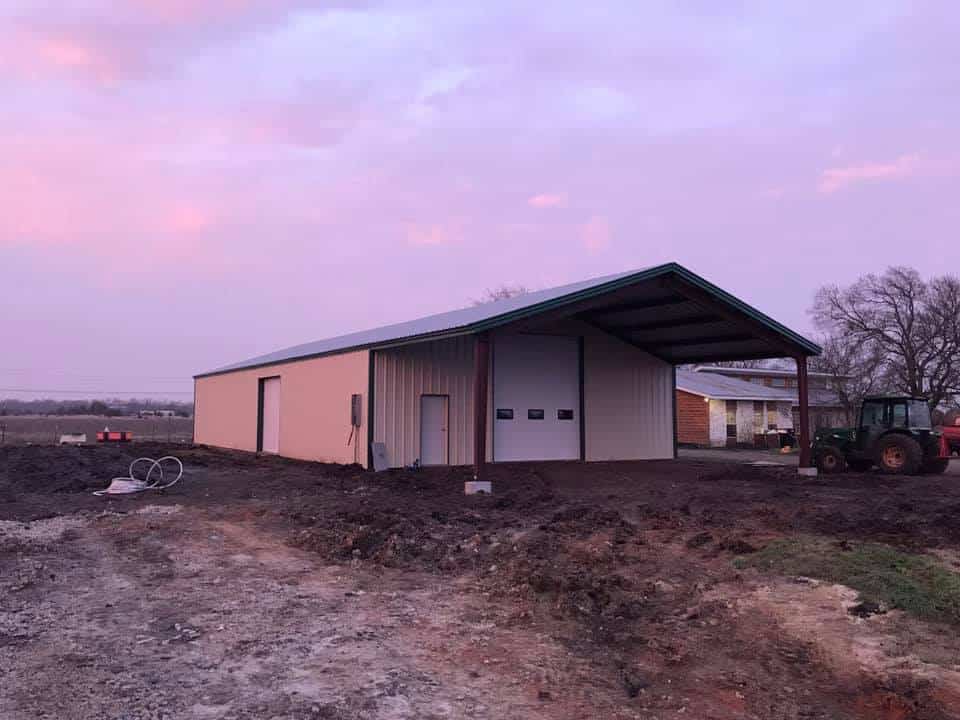
Smart landscaping can considerably help in cooling your home during the day. You can plant trees and shrubs that shade the west-facing and south-facing walls and windows of your building, dramatically cooling the building’s surface. Trees shade roofs from the hot summer sun. Shrubs and vines can be planted to keep walls cool. Make sure to leave a bit of space between the plants and the home, as this will prevent moisture buildup if humidity is a problem.
Mulch is another friendly additive to keeping the ground cooler since it prevents the ground from absorbing heat. Not to mention, its great water conservation properties.
